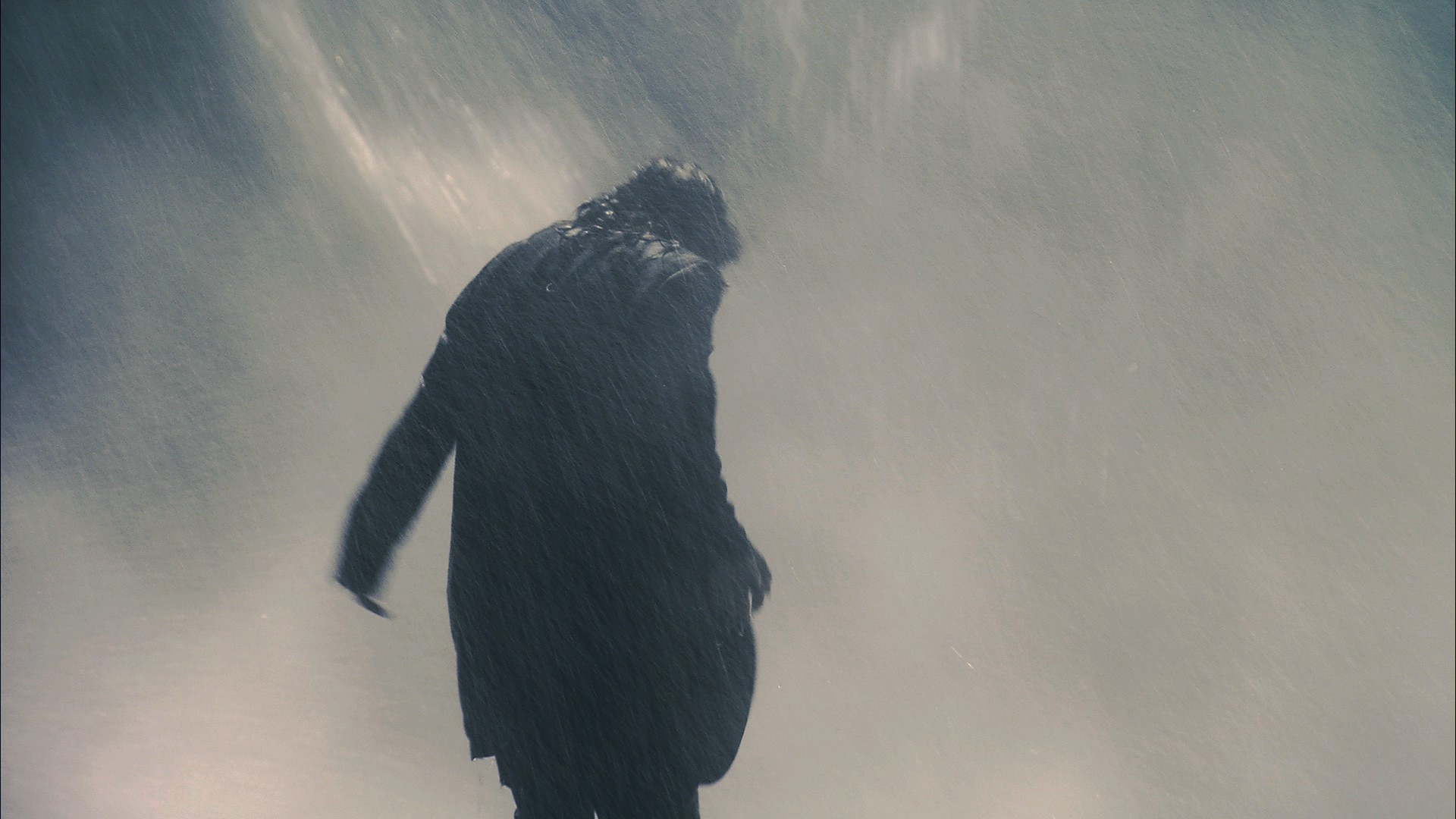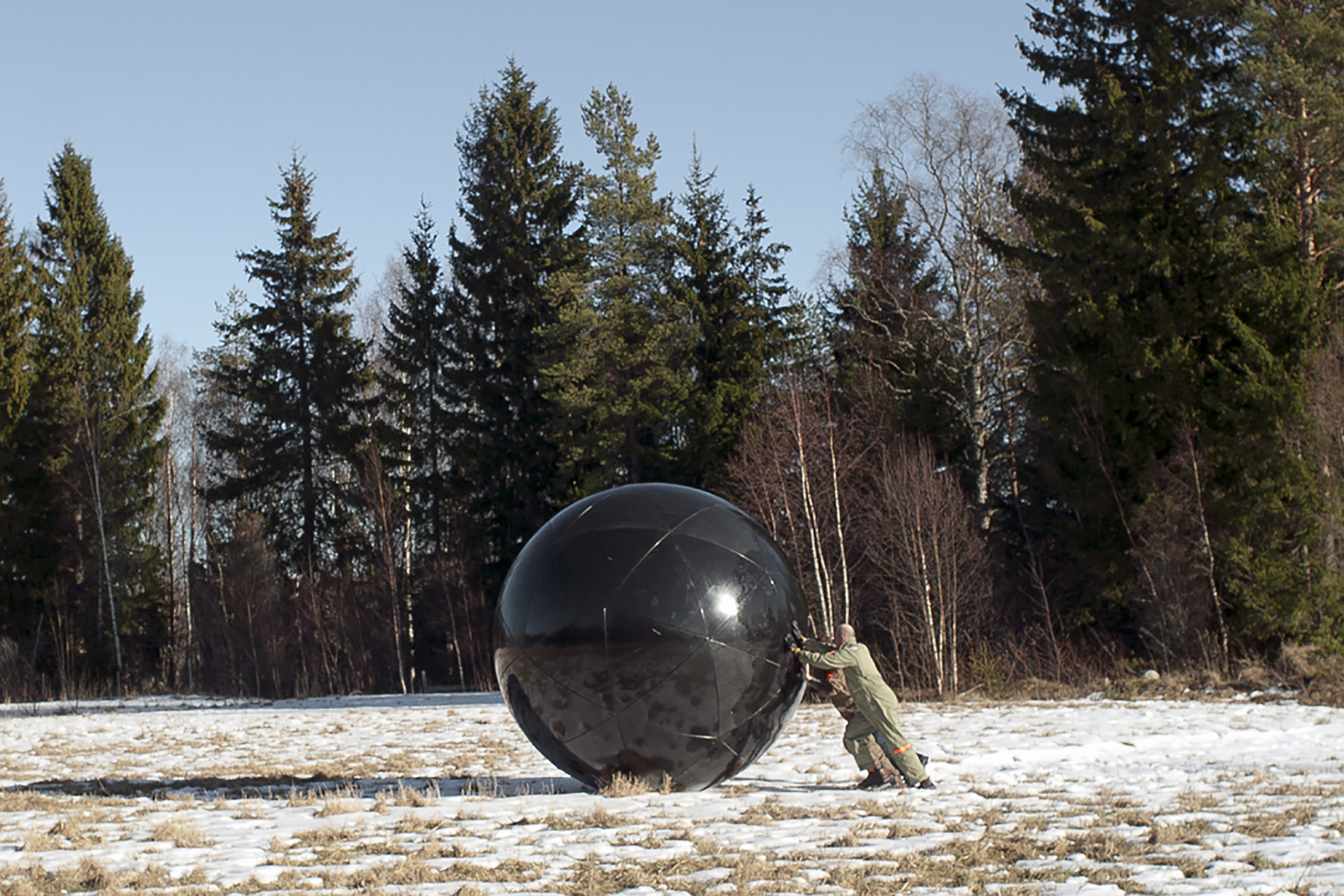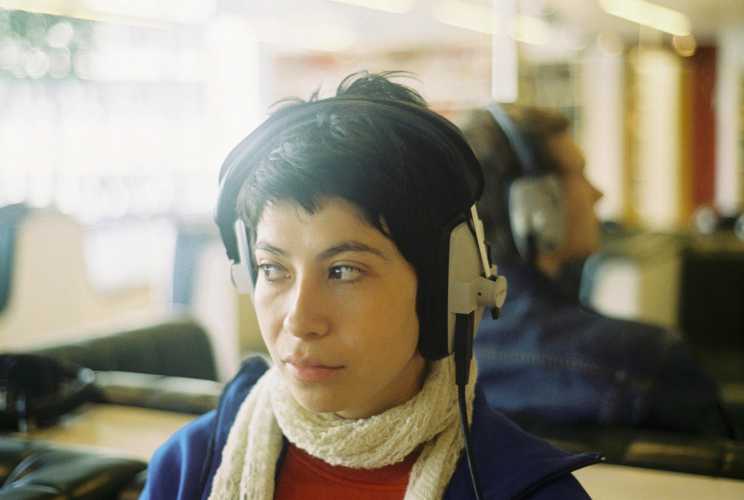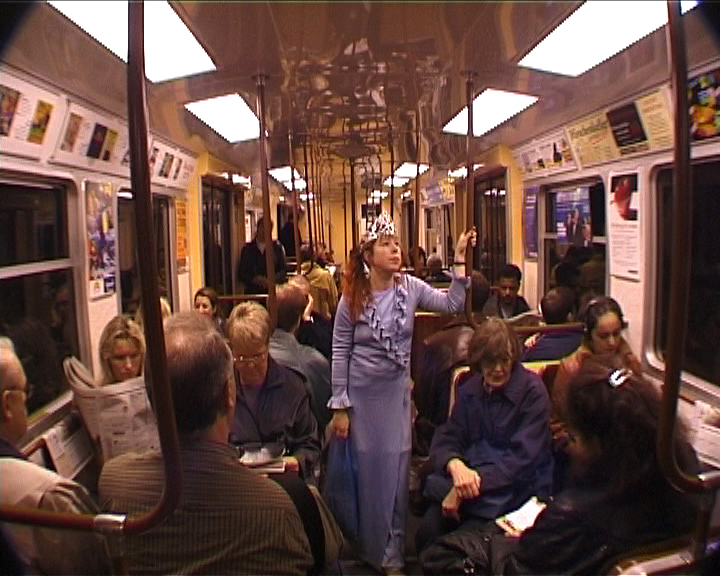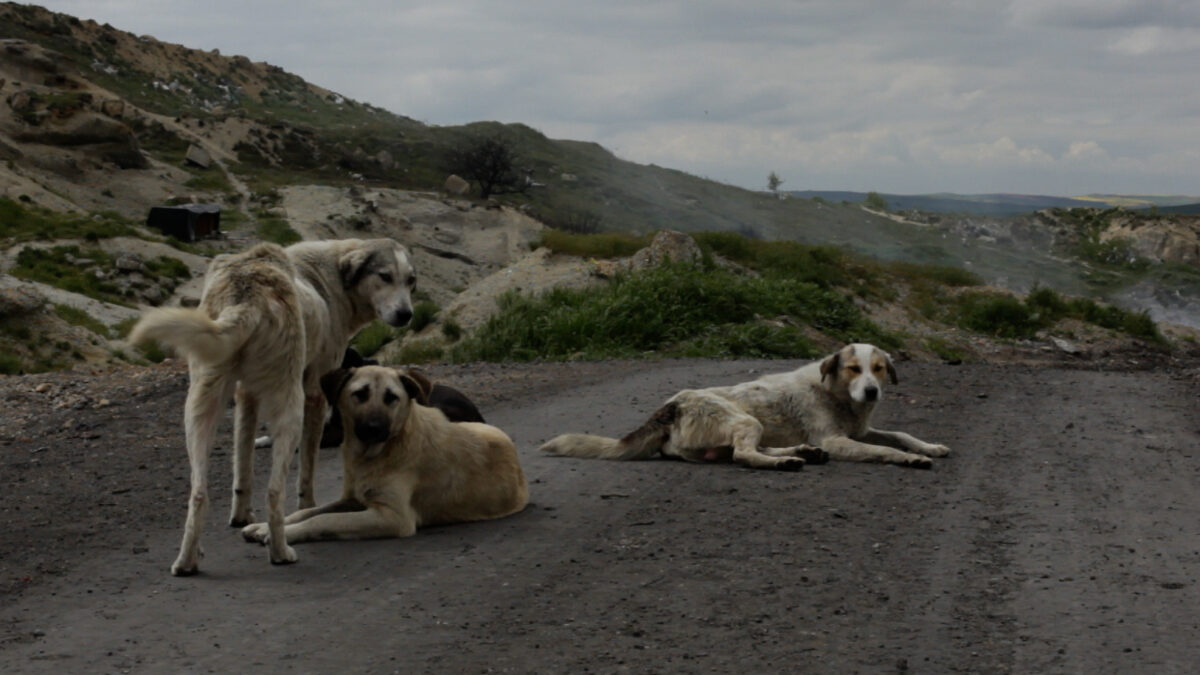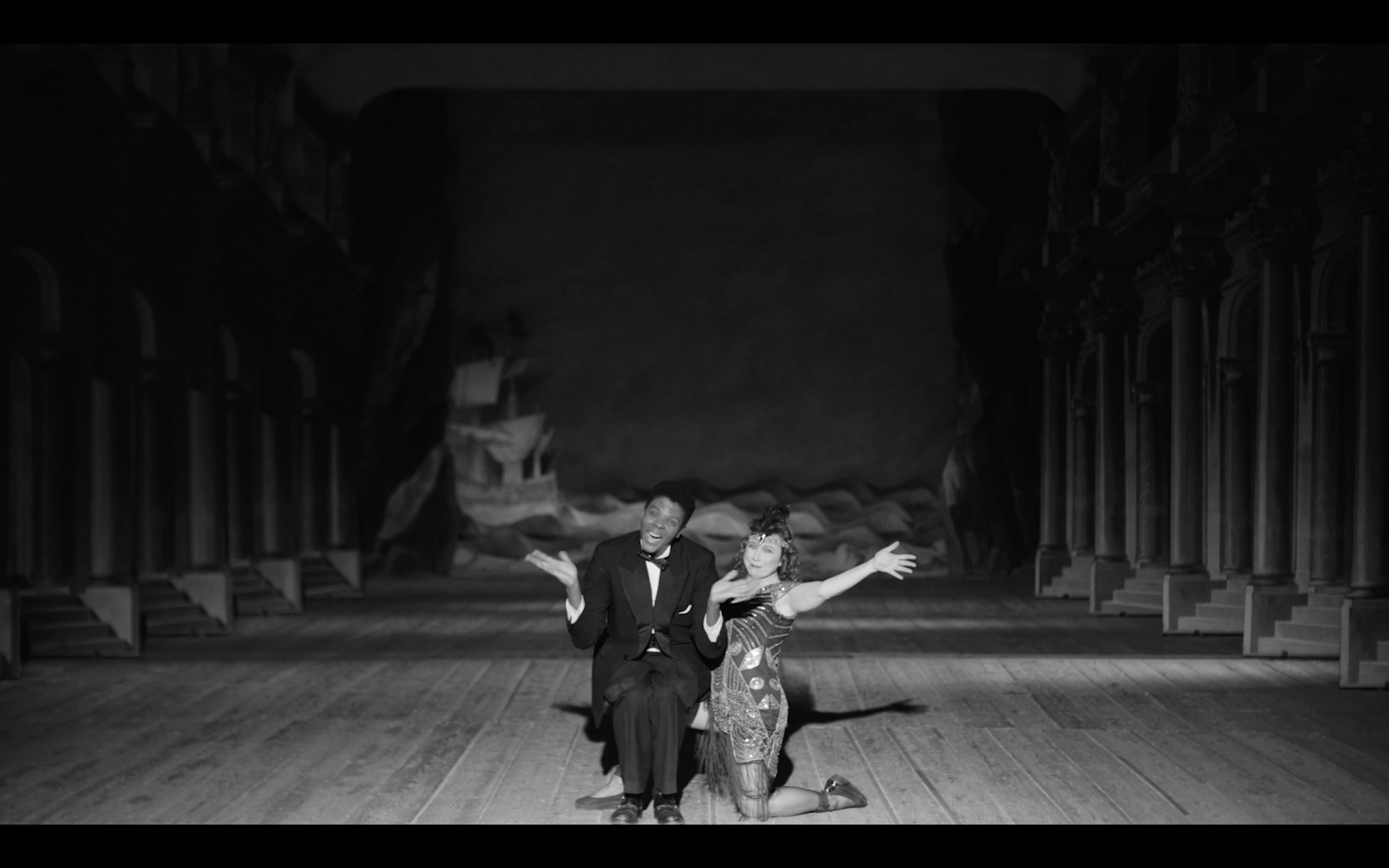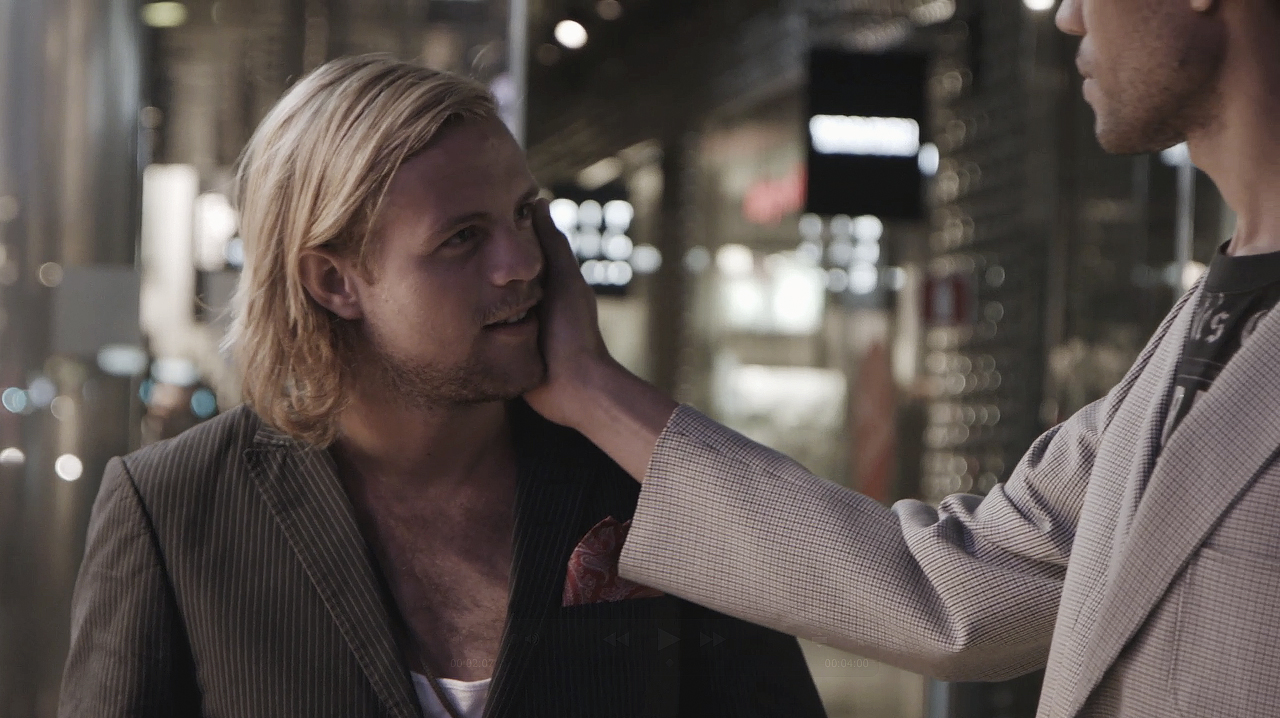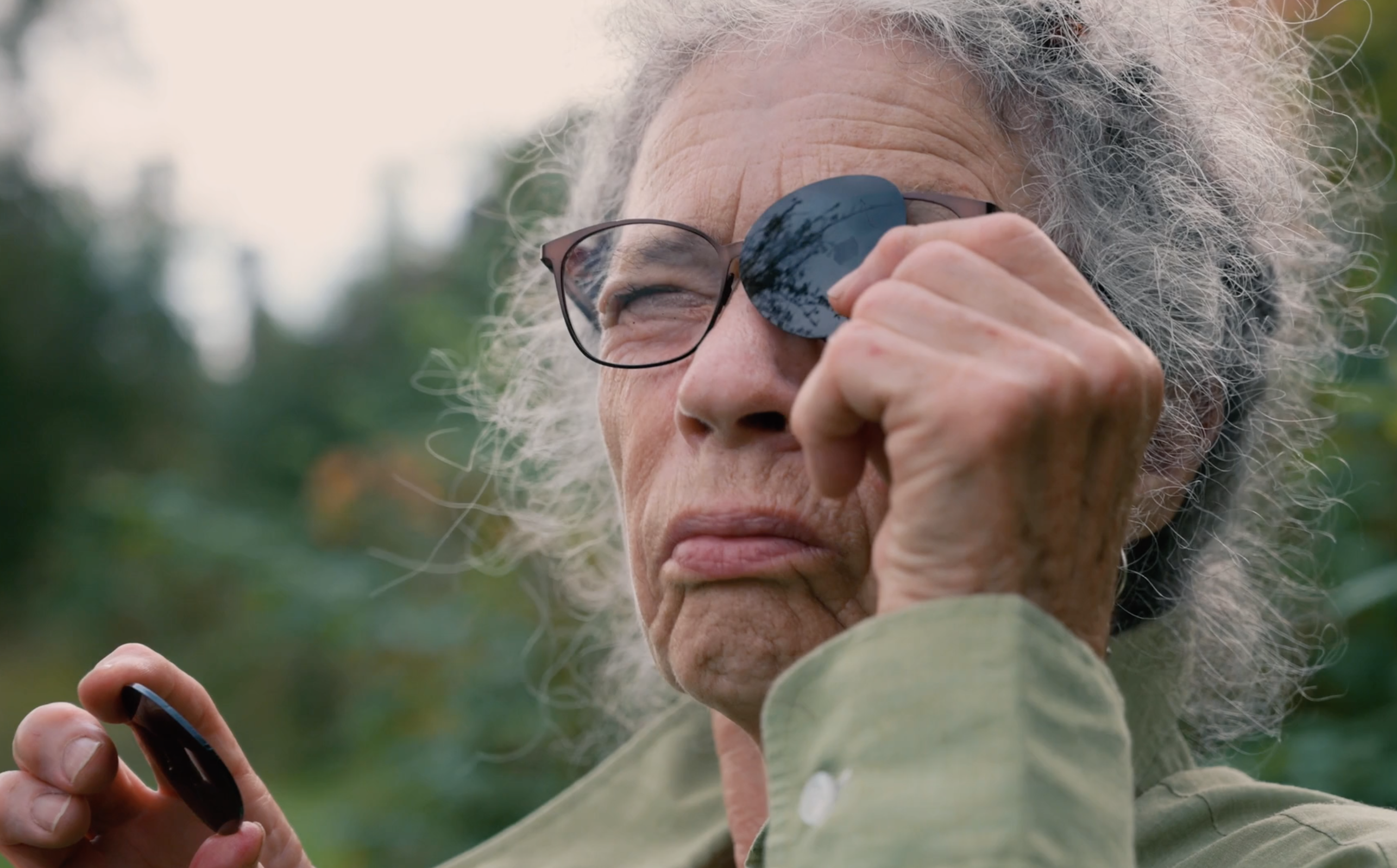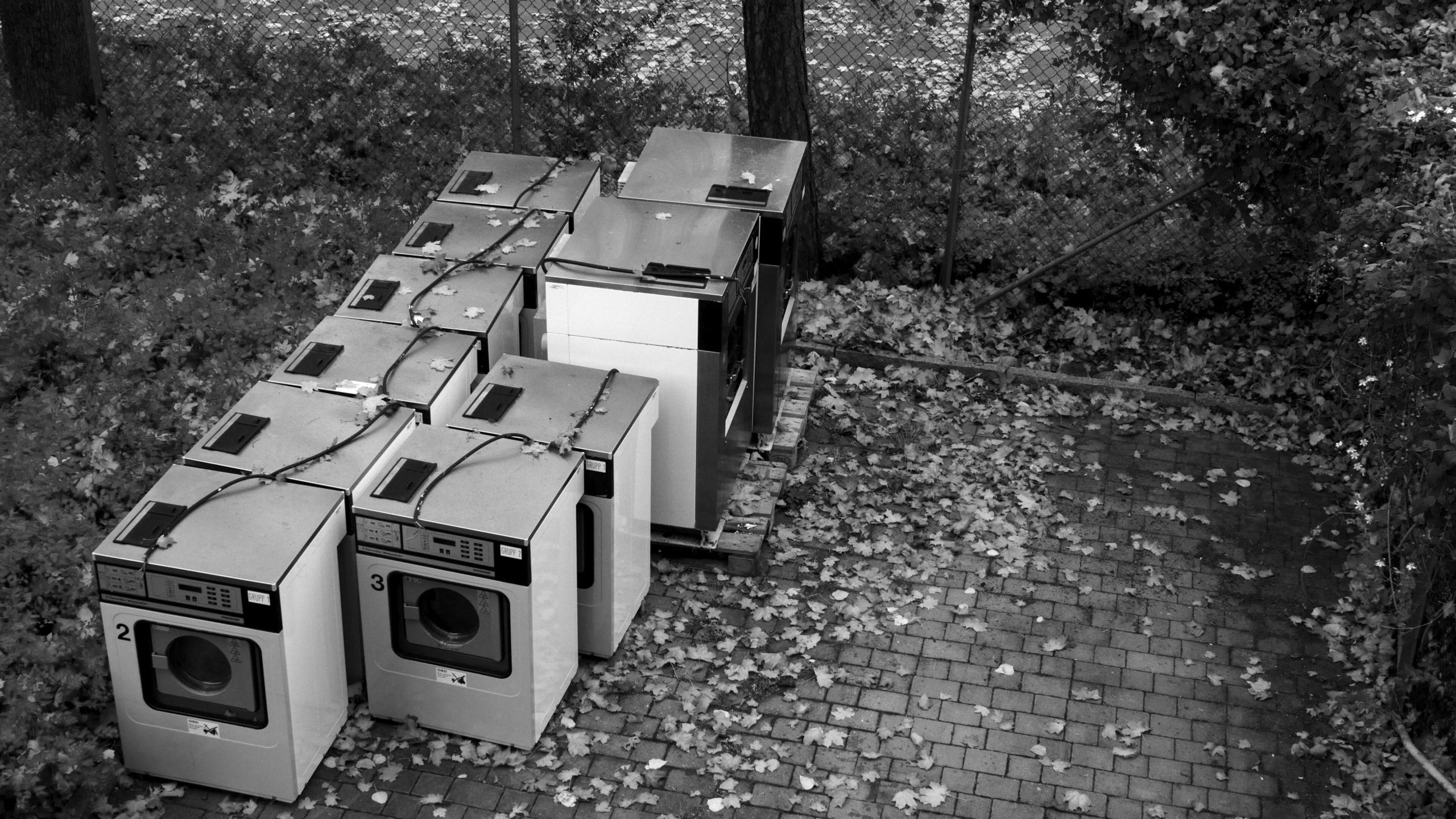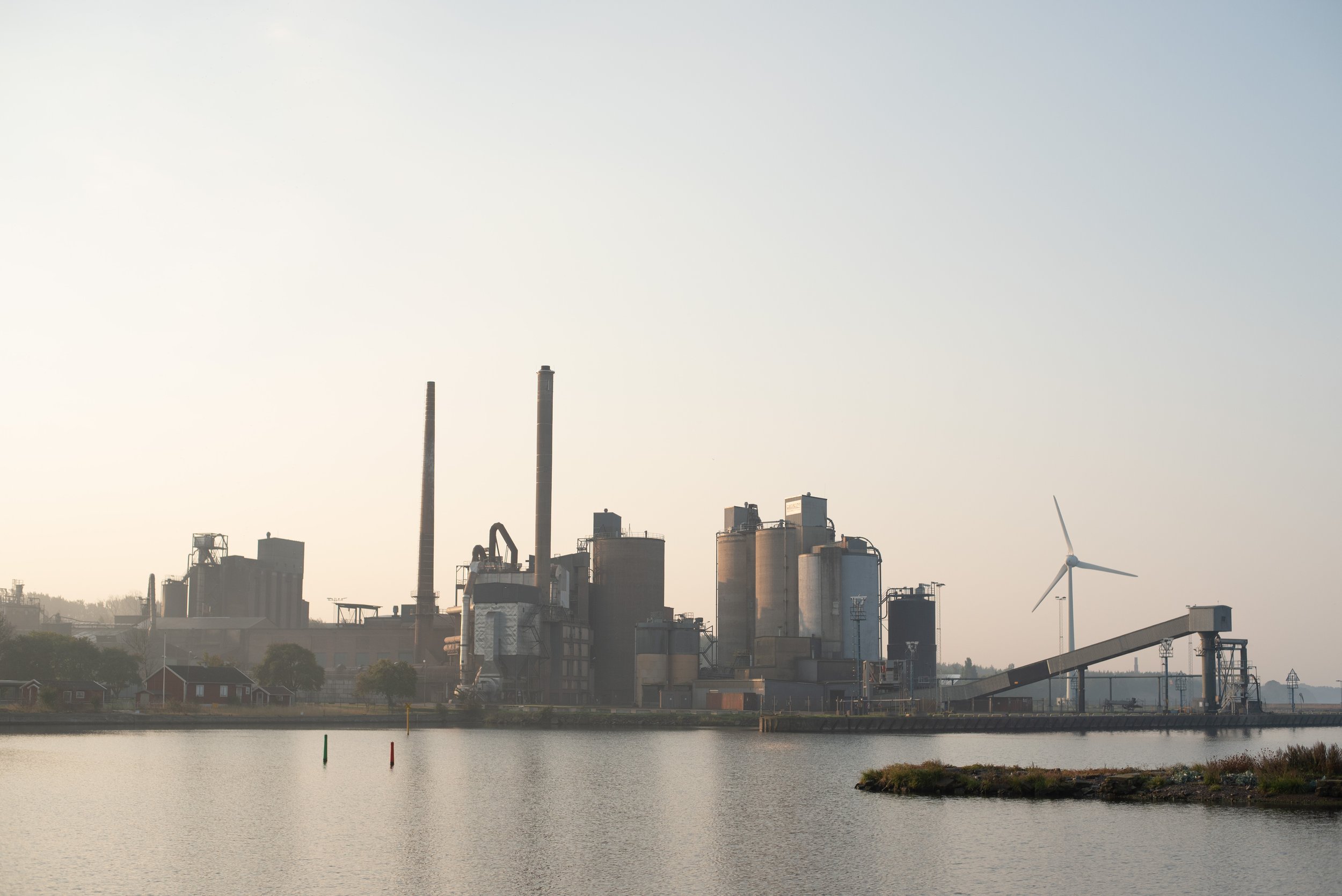In the commissioned film Sylwan, Astrid Lindgren’s famous story about Pippi Longstocking becomes a window to an overlooked side of Swedish history. It is a story about the first documented Afro-Swedish actor Joe Sylwan, and his family of performers and actors, who played a minor part in the first and rarely screened 1949 film adaptation of Pippi. Later, Sylwan’s son, Ramon, played Starke Adolf [Strong Adolf] in the more well- known television version of Pippi from 1969, frequently shown on Swedish Television and exported to many other countries.
Starke Adolf works at the circus and is introduced as the strongest man in the world — any man who dares is invited to challenge him in wrestling. However, for Pippi, who is not a man but the strongest girl ever, he is no match and she easily wrestles him down to the delight of the audience. In the visually seductive Sylwan, an actor playing Joe Sylwan enters the stage of an eighteenth-century theatre and tells the true story of a racist attack on Joe Sylwan, which led to a much-publicized trial in Stockholm in 1932.
Dramatizing documentary material, as well as drawing on his own memory of going to the movies for the first time to see the Pippi film, Hilowle combines striking images with documentary accounts from the Sylwan family.
Salad Hilowle is an artist, filmmaker, and art educator. He is interested in the historical roots of the Afro-Swedish diaspora in Sweden and its links to the 2020s. Encompassing video, photography and installation, the work revolves around the themes of identity, memory, and feelings of “inbetweenness”. Salad Hilowle was born 1986 in Mogadishu and grew up in Gävle. He now lives and works in Stockholm.
